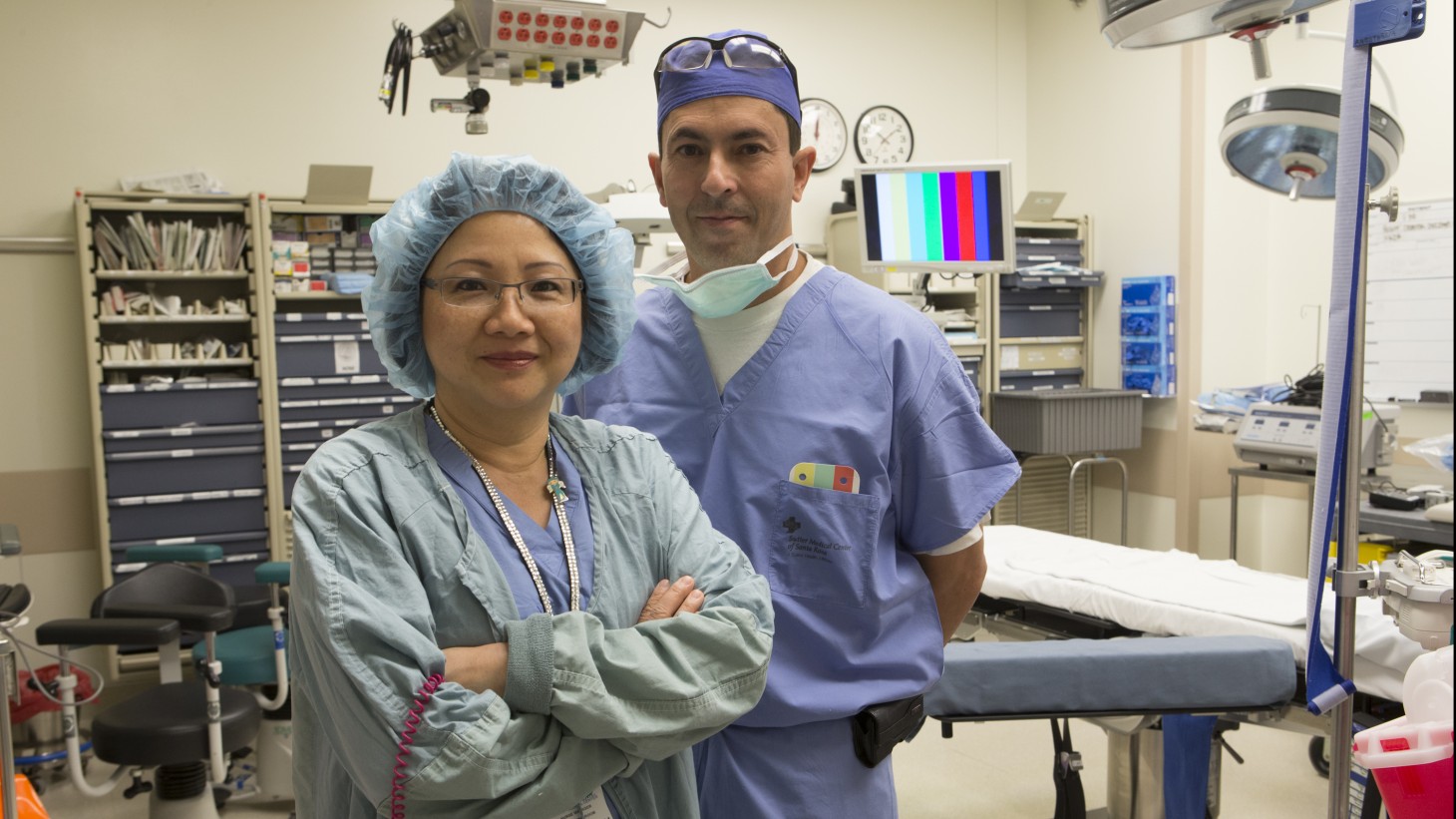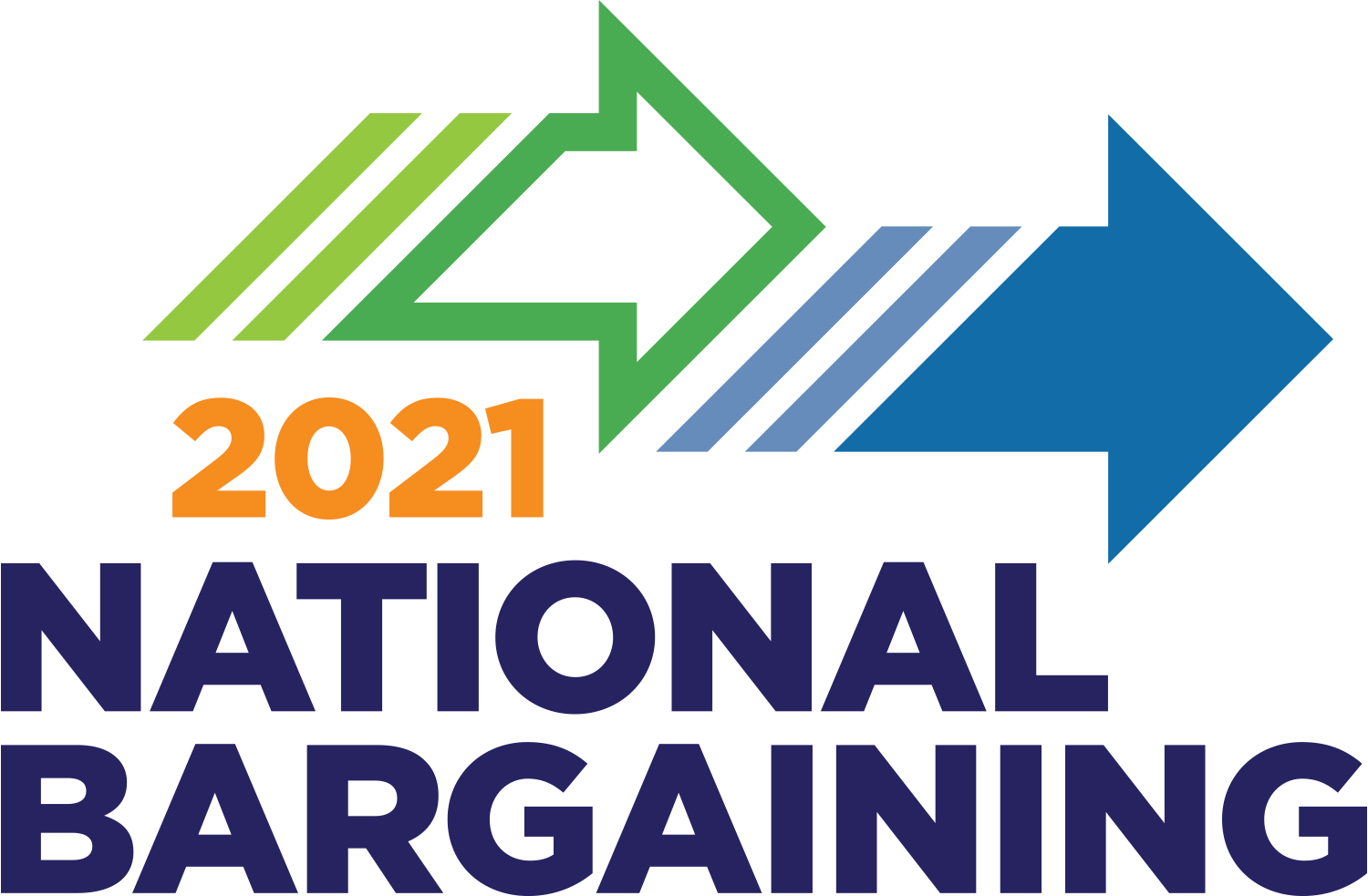HANK Winter 2013
Four Ways to Save

At the Fremont Medical Center in Northern California, the OR team took business literacy training and instantly started looking for ways to save money. Co-leads Yolanda Gho, Operating Room nurse manager, and surgical tech Gus Garcia, an SEIU UHW steward, say the training inspired their team to do better.
The next step for UBTs—a step they are being challenged to take by top management and union leadership—is to make the leap from successful individual team projects to a systemic effort to implement proven practices throughout the organization.
Meantime, remember another bottom line: High-performing teams score more favorably on People Pulse questions related to efficiency and cost reduction, and high-performing teams are more likely to take on affordability projects.
Working with your colleagues to become a high-performing team is a sure step toward reducing waste and improving affordability. Being high performing will help Kaiser Permanente continue to assist and care for families and will help us ensure everyone has affordable health care.
Here are some ways that unit-based teams can help keep Kaiser Permanente affordable.
1: Build business literacy
The more teams know about the business of health care in general and of their own departments specifically, the better equipped they are to find savings. To that end, LMP’s Education and Training department is rolling out an economic literacy program in the coming year. Meantime, teams in both California regions have been using a curriculum developed by a multidisciplinary team in Northern California. The five-part course has caused some trepidation, since in the last two trainings teams go through their department’s budget line by line—but that’s exactly what gives the training its juice.
At the Fremont Medical Center in Northern California, the OR team took the training and instantly started looking for ways to save money. Co-leads Yolanda Gho, Operating Room nurse manager, and surgical tech Gus Garcia, an SEIU UHW steward, talk about the training, its benefits and how it inspired their team to do better. (For more on this team, click the Peer Advice link in the resources box.)
2: Be supply savvy
Teams that take the time to make a comprehensive assessment of their supplies—tracking inventory use, tidying up storage areas, streamlining ordering and so on—can save tens of thousands of dollars with hardly any pain.
For instance, the scientists in the Immunology department at Southern California’s regional reference lab use expensive chemicals, called reagents, to test whether patients have serious infections such as hepatitis and HIV. Cleaning out and meticulously organizing the department’s huge walk-in refrigerators allowed the team to order larger quantities of reagents at one time. Since employees have to test a sample from each shipment, fewer shipments mean fewer tests—saving staff time and expensive reagent. The work, which also means the team needs fewer rush shipments, is saving $50,000 a year.
Another example comes from the Head and Neck Surgery UBT at the Franklin Medical Office in Colorado, which kept trying small tests of change until it found a reliable way to prevent the disappearance of expensive surgical tools. Contracting with outside individuals or companies often is more expensive than having the same thing done in-house. “In-sourcing” can range from health education centers in Northern California using KP-produced pamphlets instead of costlier items from an outside company, saving $64,000, to the Ohio region opening new micro-clinics so patients in the suburbs can see KP physicians instead of non-Permanente providers. (For more on this team, click "Losing Streak Ends for UBT" in the resources box.)
3: Bring it home
Contracting with outside individuals or companies often is more expensive than having the same thing done in-house. “In-sourcing” can range from health education centers in Northern California using KP-produced pamphlets instead of costlier items from an outside company, saving $64,000, to the Ohio region opening new micro-clinics so patients in the suburbs can see KP physicians instead of non-Permanente providers. (For more on the Ohio region's work, click on "Micro-Clinics, Macro-Partnership" in the resources box.)
4: Collect the money we’re owed
Health care in general and Kaiser Permanente in particular is filled with mission-driven people. But KP can’t sustain its mission if we don’t collect the money we’re owed.
In Colorado, the Medicare Risk Business Services UBT members spotted and fixed a technical problem with incomplete physician signatures on patient charts, which allowed them to bring in more than $10 million in Medicare revenue that otherwise never would have been collected. In Santa Rosa, Calif., the patient services representatives in the Emergency Room analyzed data and did some role playing with one another to reduce discomfort about asking for co-payments.
Figuring out issues like these takes tenacity, as the Patient Financial Services team in the Mid-Atlantic States discovered when it set out to fix problems with workers’ compensation claims. (For more on this team, click "Closing a Financial Gap" in the resources box.)
